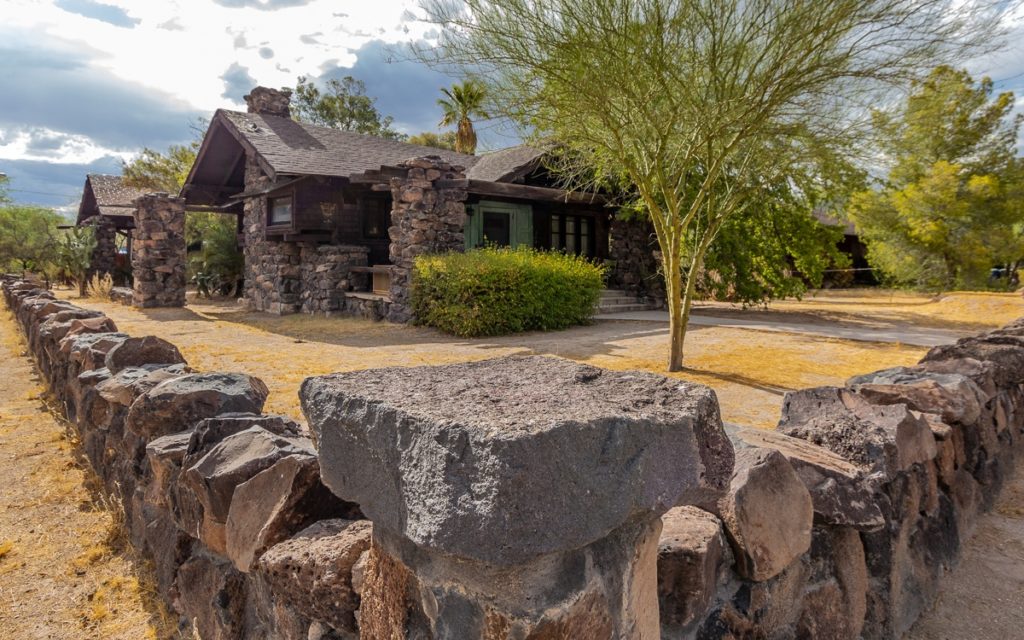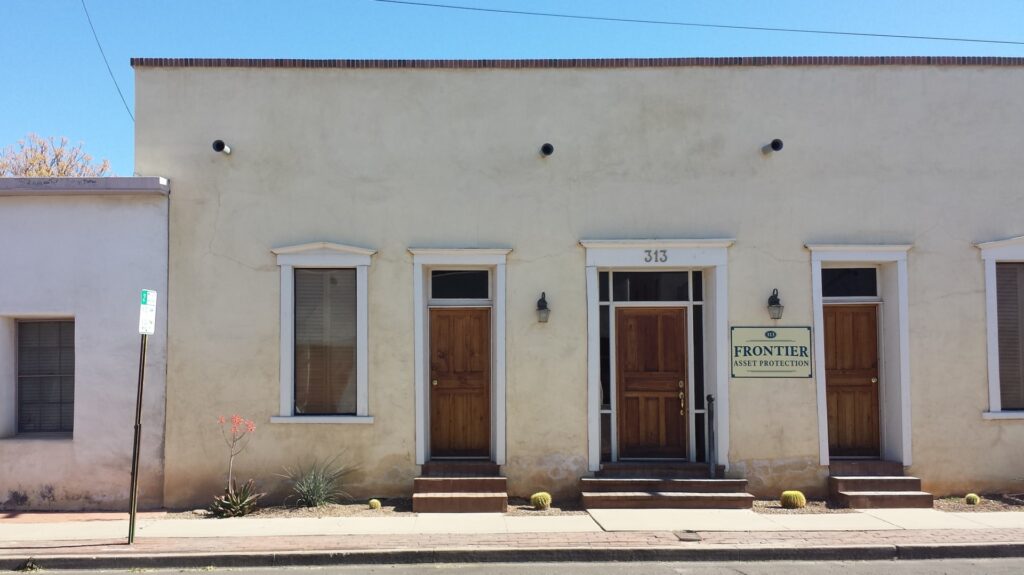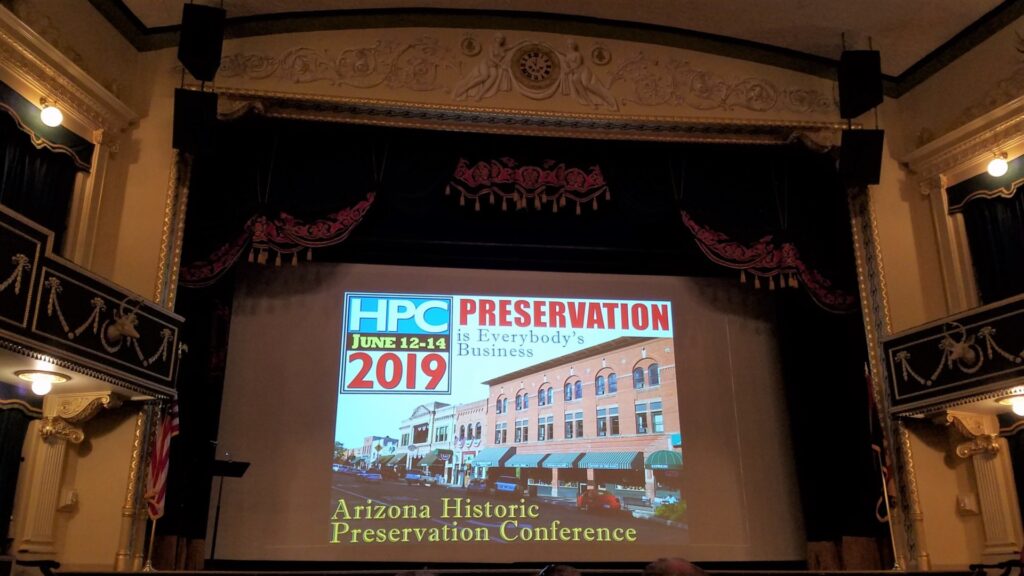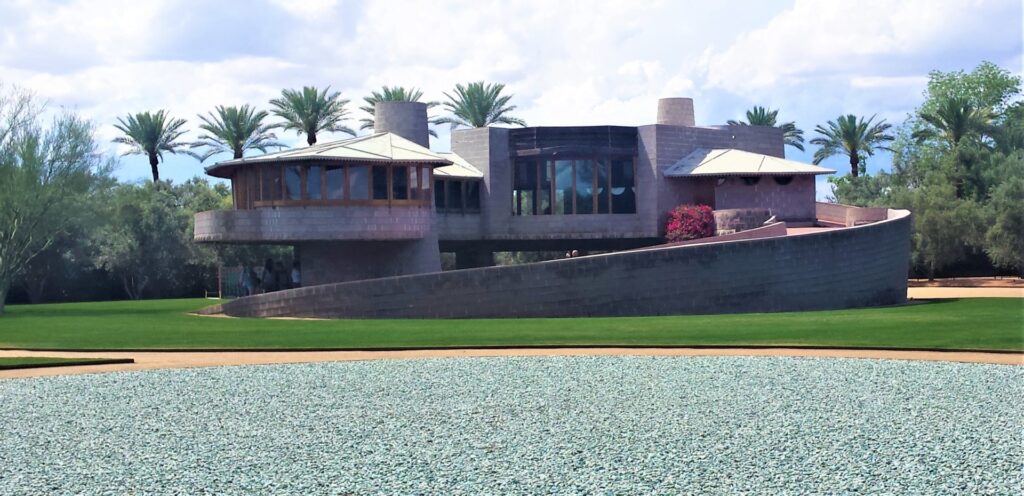Last Updated on July 18, 2020 by Kim Labriola
Take a look at this fantastic example of an Arts and Crafts home for sale right here in Tucson. Pasadena architect Arthur Heineman designed the home constructed in 1908.
Stonework and shake shingle siding make up the exterior of the bungalow home. The stone was probably mined from the nearby quarry at the base of A-Mountain (or Sentinel Peak). The home has a lot of original features and woodwork, but will require a full restoration. Once restored, it will be a real architectural showpiece.
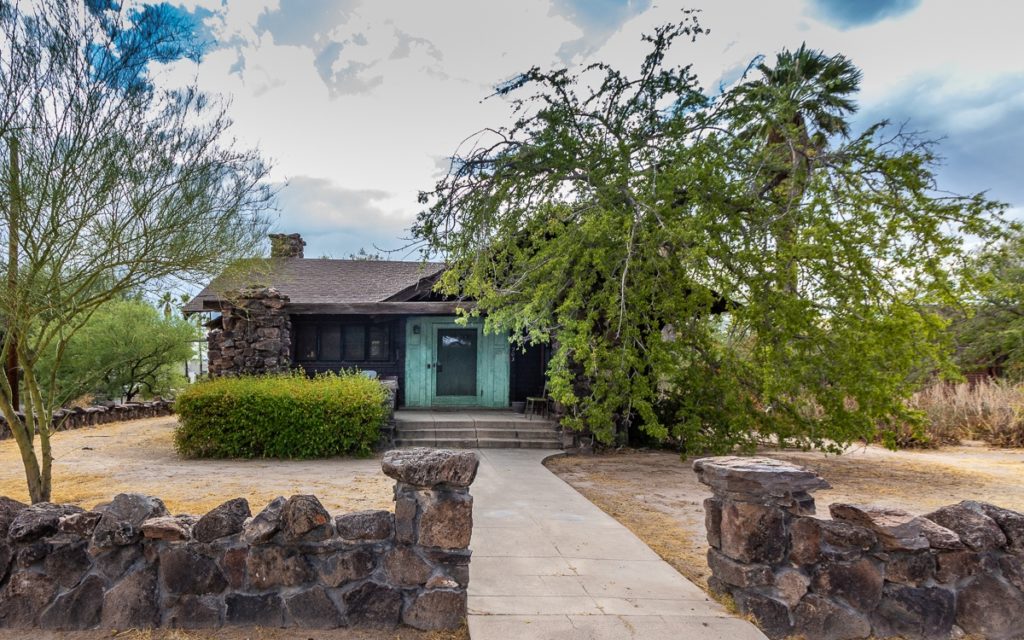
Listing info:
Interested in buying or selling a home in Tucson? Contact us to go over your needs. 520-975-8956 or Hello@RealTucson.com
West University location
The home is in one of the prime corner lots in the historic district called West Univeristy, located with the front yard facing Catalina Park. West University is extremely walkable and bikeable, with the streetcar line running through the heart of the neighborhood. It’s convenient to downtown, the 4th Avenue shopping district, and University of Arizona.
About the architect Arthur Heineman
Arthur Heineman (1879-1974) was a well known architect in Pasadena, California. Heineman was born in Chicago. His parents were fairly well off, employing a couple of servants. In 1894, the family moved to Pasadena, when Arthur was in his mid-teens.
Arthur started his career in real estate and land development as a speculator. Initially Arthur and his brother Alfred worked separately as designers. In 1906, Arthur went into business with another brother named Herbert, who was a successful building contractor and businessman. Both Albert and Arthur were self-taught in architecture and design. Eventually, Arthur became a registered architect and the 2 brothers worked together until 1939.
The brothers were well known for designing Arts and Crafts and Craftsman style bungalows in Pasadena. Owning a custom-designed home became a status symbol in the area, and the brothers were popular with the status-seeking clients.
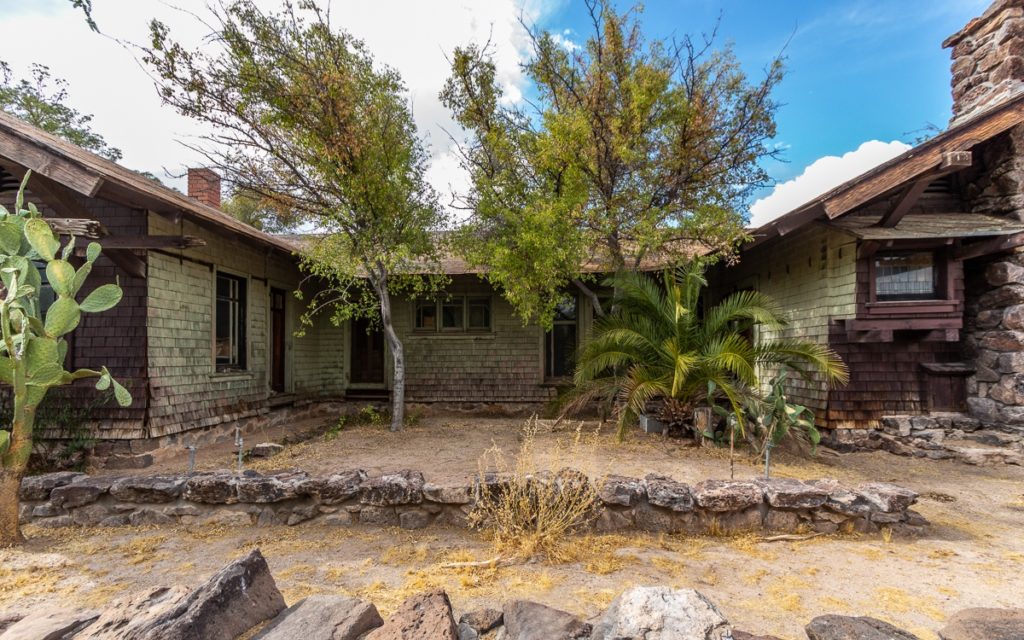
Interested in buying or selling a home in Tucson? Contact us to go over your needs. 520-975-8956 or Hello@RealTucson.com
Inventor of the Motel
Arthur Heineman also invented and designed the first motel in 1925, which was originally called Milestone Mo-tel, located in San Luis Obispo. The Spanish Mission Revival style motel was designed with both separate bungalows and attached apartments. Parking was located outside the units and some units included garages. Each motel included laundry facilities, a restaurant, and a grocery.
With the popularity of automobiles and road trips, the motel served a need that had been lacking previously. The motel concept was designed as a comfortable place to stay overnight that was nicer than a campground but more affordable than a hotel. Heineman chose the location of San Luis Obispo because it was halfway between the 2-day drive from Los Angeles to San Francisco.
Arthur and Alfred created the Milestone Interstate Corporation, with the intent of building a chain of 18 motels each within 1-day drive from one another in California. The Milestone Mo-tel was to be the prototype for the other locations.
Unfortunately, the brothers were not able to register the name as a trademark and competitors with lower prices started popping up. Finally, the great depression forced the corporation into foreclosure.
At some point, the property was renamed The Motel Inn. It closed in 1991 and many of the structures were demolished. What remains has become the offices for a neighboring hotel called the Apple Farm.
About Arts and Crafts and Craftsman Homes
The three pillars of the philosophy of the Arts and Crafts style was simplicity, craftsmanship, and harmony with nature. The Arts and Crafts movement was a reaction against overdone styles from the Industrial Revolution. American publications such as The Craftsman and other magazines popularized the style. Sears & Roebuck offered craftsman bungalows for mail order. Eventually the style was so popular it became part of vernacular architecture as well.
Some of the hallmarks of Arts and Crafts homes are:
- Interiors with built-in cabinetry such as bench seating, built-in drawers, built in china cabinets
- A wide front porch or veranda with 2 heavy masonry supports
- A living room that replaced the parlor
- A gabled roof facing the street
- Exposed wood rafters
- The home sitting above grade
The most well known architects specializing in the Arts and Crafts style were brothers Charles and Henry Greene, also from Pasadena.
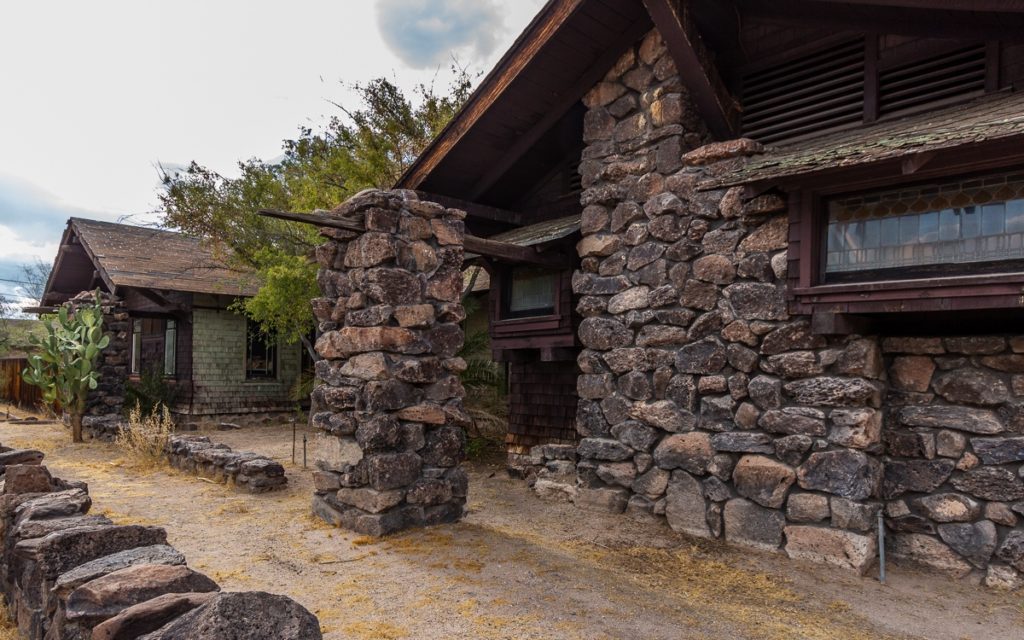
Interested in buying or selling a home in Tucson? Contact us to go over your needs. 520-975-8956 or Hello@RealTucson.com
Related Articles
Tucson’s Historic Districts – Search Homes for Sale
Did you know Tucson has over 30 Historic Districts on the National Register? Which historic…
Tucson, Arizona: A Haven for Mid-Century Homes
Tucson Mid Century Homes: a guide for buying or selling Tucson grew leaps and bounds…
Tucson Barrio District building styles
Architectural Styles in the Tucson Barrio (1840 – 1900) Have you ever wondered about the…
Tom Gist – Builder of Tucson Mid-century Burnt Adobe Homes
Do you love the warmth of burnt adobe? Do you prefer the natural character of…
The Importance of Preserving Historic Buildings
Nick and I just returned from the 2019 Arizona Historic Preservation Conference held in Prescott…
The David and Gladys Wright house is for sale
Frank Lloyd Wright’s son’s home is on the market Own an Arizona architectural gem that…

